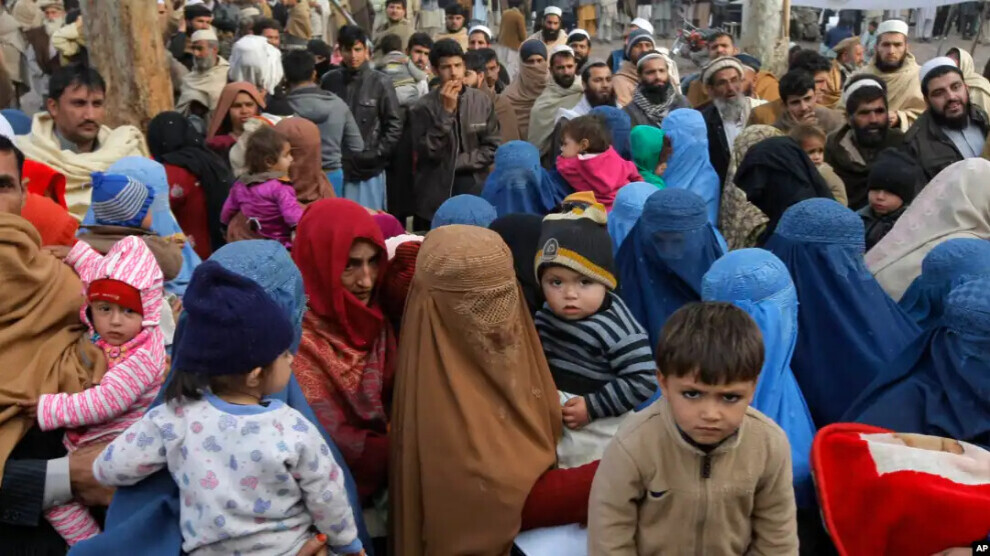‘Women-headed households are the most vulnerable population group in Afghanistan’
Women-headed households are the most vulnerable population group in Afghanistan, according to the United Nations Office for the Coordination of Humanitarian Affairs (OCHA).

News Center- The United Nations Office for the Coordination of Humanitarian Affairs (OCHA) has released its “Afghanistan Humanitarian Needs and Response Plan 2024 Summary”.
“An estimated 23.7 million people–more than half of Afghanistan’s population–will require humanitarian assistance to survive in 2024 as the country continues to reel from decades of war and grapple with climate-induced crises, recurrent natural disasters, entrenched poverty, and barriers to women’s participation in public life,” said the OCHA.
‘Women-headed households are the most vulnerable population in Afghanistan’
According to the OCHA, Afghanistan remains first and foremost a protection emergency characterized by high levels of protracted displacement, mine and explosive ordnance contamination, restricted freedom of movement, increased risks of gender-based violence, child labour and early marriage, and increased mental health and psychosocial support needs. “Women-headed households are the most vulnerable population group in Afghanistan today, with a higher reliance on ‘emergency’ livelihood coping strategies, increased reports of early marriage of daughters, and higher rates of food insecurity and child labour when compared to male-headed households.
“Nearly half of all Afghans live in poverty, with rates particularly high among women. Despite low-level economic stabilisation in 2023, 65 percent of families still experienced an economic shock. Fragile economic conditions are expected to continue to contribute to acute food insecurity in 2024, affecting 15.8 million people.”
